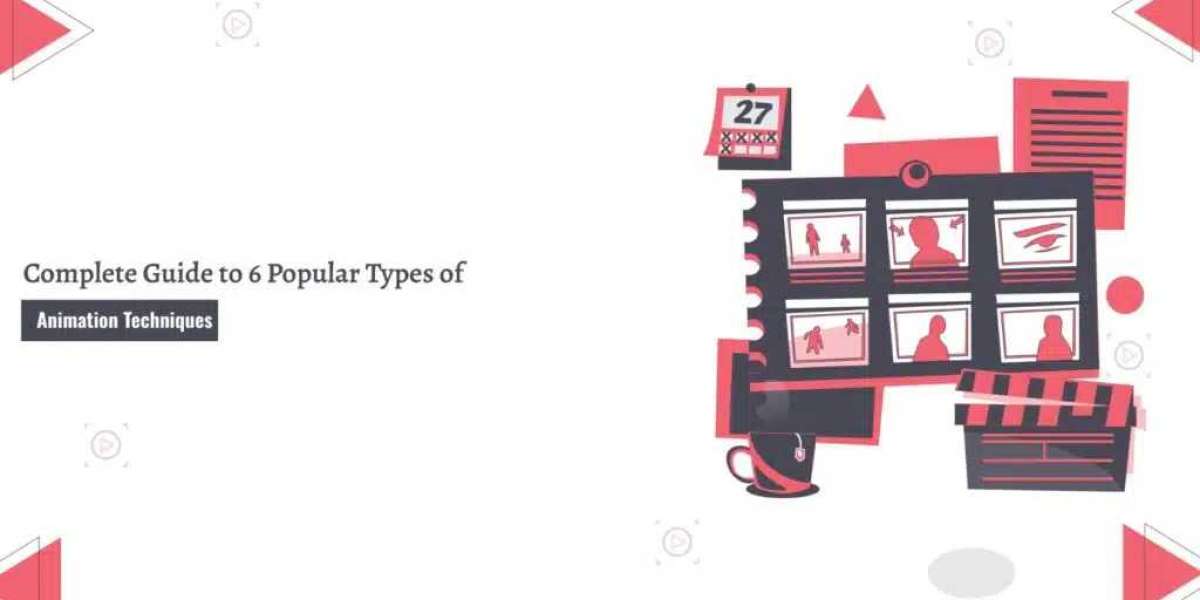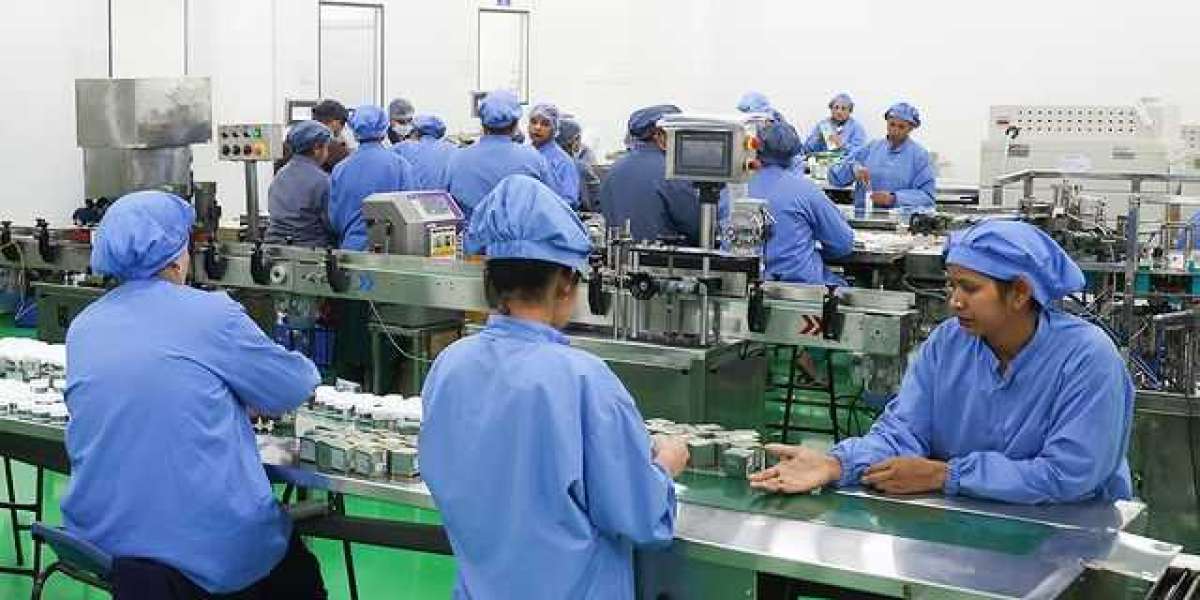1. Traditional Animation (2D Hand-Drawn Animation)
Traditional animation, also known as 2D hand-drawn animation, is the oldest and most well-known animation technique. It involves creating each frame of an animation by hand. Animators draw individual frames, which are then photographed or scanned and played in sequence to create the illusion of movement.
Process:
In traditional animation, animators start by drawing keyframes, which depict the most significant moments in a scene. After the keyframes are finalized, "in-between" frames are drawn to fill in the gaps, creating smooth motion. Each drawing is then inked, colored, and assembled together to create the final animation.
Applications:
Traditional animation was the dominant form in early animated films, with iconic examples such as Disney's Snow White and the Seven Dwarfs (1937) and The Lion King (1994). It is still used today, though often with digital tools to streamline the process.
Pros:
- Offers a timeless, classic look
- Provides artists with total control over the visual style
- Can be adapted for various visual aesthetics
Cons:
- Time-consuming and labor-intensive
- Requires a large team to produce complex scenes
- More costly compared to other techniques
2. 3D Animation (Computer-Generated Imagery, CGI)
3D animation, often referred to as computer-generated imagery (CGI), is one of the most popular and widely used techniques in contemporary animation. Unlike 2D animation, which focuses on flat images, 3D animation creates lifelike, three-dimensional characters and environments that can be manipulated in a virtual space.
Process:
In 3D animation, animators create digital models of characters, objects, and environments using specialized software. These models are then rigged with a skeletal structure that allows for movement. The models are animated by manipulating this digital skeleton, adding keyframes, and adjusting the model’s position over time. Once the animation is complete, it is rendered into its final form, adding textures, lighting, and shadows.
Applications:
3D animation is the dominant technique in today’s animated films, television shows, and video games. Major studios like Pixar, DreamWorks, and Disney regularly use 3D animation for blockbuster films such as Toy Story, Frozen, and Shrek.
Pros:
- Allows for highly detailed, lifelike animations
- Can be used in a wide variety of applications, including films, video games, and advertisements
- Easier to adjust and manipulate once models are created
Cons:
- Requires expensive software and skilled technicians
- Can be resource-intensive due to long rendering times
- May lack the organic feel of hand-drawn animation
3. Stop Motion Animation
Stop motion animation is a unique type of animation technique that involves physically manipulating real-world objects frame by frame. The objects, which can be made from materials like clay, plasticine, or paper, are moved in small increments and photographed after each movement. When played in rapid sequence, these photographs give the appearance of motion.
Process:
In stop motion, the objects or puppets used for the animation are typically built around wire armatures to give them flexibility. The animator moves the object slightly, takes a photo, and repeats the process. This painstaking method can result in smooth animation, though the final product depends on the skill and patience of the animator.
Applications:
Stop motion is used in feature films, commercials, and music videos. Famous examples include The Nightmare Before Christmas (1993), Coraline (2009), and Wallace and Gromit.
Pros:
- Offers a unique, tactile aesthetic that sets it apart from digital animation
- Great for creating fantastical worlds or surreal imagery
- Can be combined with live-action footage for hybrid effects
Cons:
- Extremely time-consuming
- Requires a lot of physical space and materials
- Difficult to make changes once a scene is completed
4. Motion Graphics
Motion graphics is a style of animation that focuses on the movement of graphic elements, such as text, shapes, and logos, rather than character-driven animation. Motion graphics are typically used for promotional content, advertisements, explainer videos, and title sequences, where the goal is to visually convey information or emphasize a brand.
Process:
Motion graphics are usually created using software such as Adobe After Effects or Cinema 4D. The design elements, which might include text, icons, or shapes, are animated using keyframes to make them move, rotate, and change over time. This process allows for the creation of dynamic, engaging visuals without needing to animate characters or complex environments.
Applications:
Motion graphics are commonly seen in advertisements, title sequences, promotional videos, and social media content. Companies often use motion graphics to make their presentations more engaging and visually appealing.
Pros:
- Easy to produce compared to character-based animation
- Great for communicating complex ideas simply and efficiently
- Can be combined with live-action footage for hybrid effects
Cons:
- Limited storytelling potential compared to traditional or 3D animation
- Typically less emotive or personal than character-driven animation
- Can feel formulaic if overused
5. Rotoscoping
Rotoscoping is an animation technique that involves tracing over live-action footage to create realistic, fluid motion. This process, originally done by hand, is now often performed digitally using software. Rotoscoping allows animators to create animations that closely mimic real-world movements.
Process:
In rotoscoping, live-action footage is filmed first. Then, animators trace over each frame, either by hand or using digital tools. The traced lines can be adjusted, and additional artistic details can be added to stylize the animation. This technique is particularly effective for creating realistic character movement.
Applications:
Rotoscoping is used in both live-action films and fully animated projects. It’s often used to combine live-action and animated elements or to create stylistically unique animations, as seen in films like A Scanner Darkly (2006) and Waking Life (2001).
Pros:
- Allows for realistic, fluid motion
- Great for blending live-action footage with animation
- Can create a unique, stylized look
Cons:
- Time-consuming and labor-intensive
- May require expensive software or equipment
- Limited flexibility once footage is filmed
6. Cut-Out Animation
Cut-out animation is a simple, yet effective, animation technique that involves moving flat, two-dimensional pieces of material to create motion. Historically, cut-out animation used physical materials like paper, fabric, or cardboard, but modern cut-out animations are often created digitally for more efficient production.
Process:
In traditional cut-out animation, animators create characters and objects by cutting them out of materials and moving them frame by frame. Today, animators use digital tools to achieve the same effect by creating 2D characters and objects that are manipulated on screen. This allows for smoother movement and more control over the animation.
Applications:
Cut-out animation is commonly used in television shows, web series, and educational videos. The popular show South Park is a well-known example of digital cut-out animation.
Pros:
- Simple and cost-effective to produce
- Offers a distinct visual style
- Can be done with digital tools for greater flexibility
Cons:
- Limited in terms of movement and flexibility
- Lacks the depth and realism of 3D animation
7. Experimental Animation
Experimental animation refers to animation techniques that push the boundaries of traditional methods. These projects often involve a blend of styles or use innovative methods to create unique visual effects. This type of animation is frequently used in art films and indie projects.
Process:
There is no single process for experimental animation, as it often involves combining various techniques such as stop motion, rotoscoping, and even live-action footage. The goal is to create something visually new and different from conventional animation.
Applications:
Experimental animation is typically found in short films, art installations, music videos, and independent projects. It is less common in mainstream media but is often celebrated in film festivals and art galleries.
Pros:
- Unlimited creative freedom
- Can lead to groundbreaking visuals and techniques
- Offers an outlet for artistic experimentation
Cons:
- May lack commercial appeal
- Can be difficult to manage and produce
Conclusion: Which Animation Technique Is Right for You?
Animation offers endless possibilities, with each type of animation technique providing its own unique advantages. Whether you’re interested in the lifelike quality of 3D animation, the handmade feel of stop motion, or the artistic freedom of experimental techniques, the world of animation has something to offer everyone.














